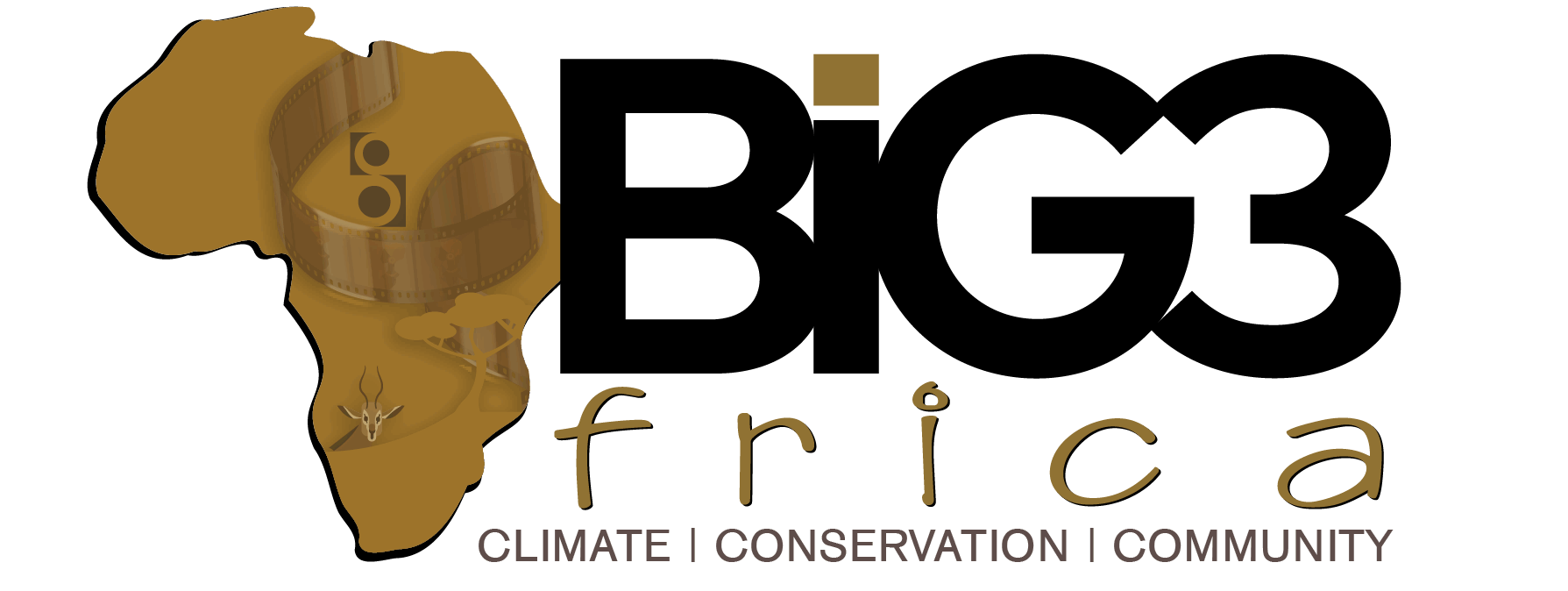By Bernard Gitau & Peter Ngare
The World Wide Fund for Nature (WWF) has released its 2024 Living Planet Report, which paints a sobering picture of global biodiversity. According to the report, the world has seen a 73% decline in the size of monitored vertebrate wildlife populations between 1970 and 2020, with Africa experiencing an even more alarming decline of 76%. The primary drivers of this decline are habitat loss, overexploitation, pollution, and climate change, threatening ecosystems and human survival alike.
The report draws on data from the Living Planet Index (LPI), developed by the Zoological Society of London, which tracks nearly 35,000 population trends across 5,495 species. These findings expose the grim reality that the natural world is deteriorating at an alarming rate.
Urgent Call for Action in Africa
The report highlights the urgent need for transformative action to protect Africa’s natural ecosystems and the livelihoods that depend on them. Mohamed Awer, Chief Executive Officer of WWF-Kenya, praised Kenya’s leadership in addressing climate change and restoring nature.

“Having committed to the Global Biodiversity Framework and the Paris Agreement among other global and national commitments, the country’s National Biodiversity Strategies and Action Plans (NBSAPS) make ambitious targets present a unique opportunity to mobilize capacity and financial resources in a coordinated manner to help restore ecosystems, enhance sustainable use of biological diversity and champion fair and equitable benefits sharing,” said Awer.
Awer also noted Kenya’s recent commitment to the Bonn Challenge, pledging 15 billion towards the restoration of 10.6 million hectares of degraded landscapes, as a significant step forward in the country’s conservation efforts.
Kenya’s Conservation Successes
Despite the global decline, Kenya has seen positive outcomes in the conservation of priority species, such as the African lion, the African elephant, and the black rhino. Thanks to effective conservation efforts, these species’ populations have stabilized or even increased.
Jackson Kiplagat, Head of Conservation Programmes at WWF-Kenya, commented on this success: “The rebounding of the black rhino in Kenya, from the 400s individuals recorded in the 1980s to the current 1,004 in 2023 is a huge milestone for this critically endangered species. This is a clear testament of the power of concerted and consistent efforts by all stakeholders, from the global to the local level.”

Kiplagat added that targeted recovery and action plans will be essential to ensuring these species do not face extinction but instead thrive in the future.
The Need for Global and Local Action
Awer emphasized the importance of climate finance in addressing the biodiversity crisis: “If we are to stop nature loss at the scale needed to avoid global and devastating tipping points, climate finance must flow from the global level to nations most affected for their effective implementation of national commitments and action plans, and to the grassroots to build the resilience of indigenous and local communities bearing the biggest brunt of nature loss and climate change.”
The report warns that without immediate intervention, the continued degradation of ecosystems could push Africa past critical tipping points, severely impacting food security, water availability, and climate resilience.
Based on extensive scientific research, the report calls for urgent global action to meet targets on nature, climate, and sustainable development by 2030. It offers solutions to transform conservation and key systems such as energy, food, and finance in a fair and inclusive way.




